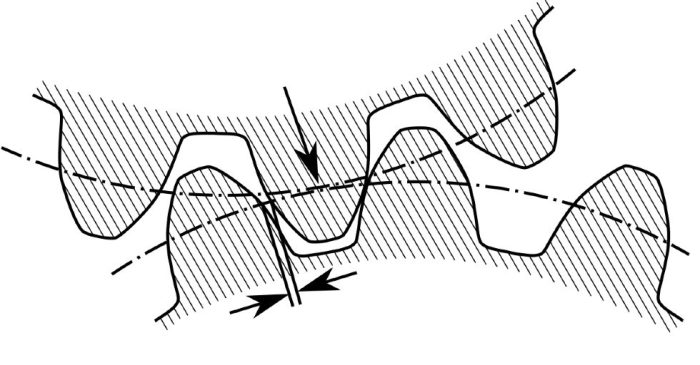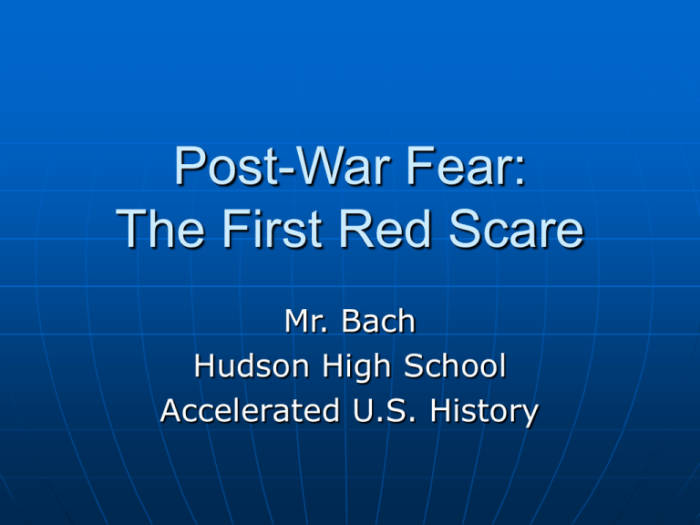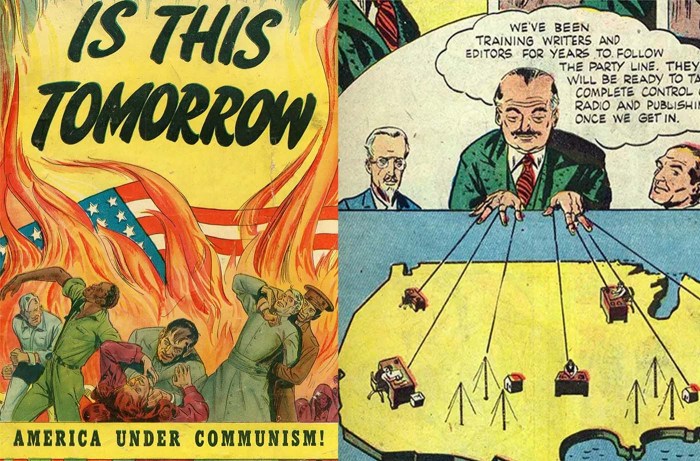Explain the backlash that scientists faced during the red scare. – The Red Scare, a period of intense anti-communist sentiment in the United States during the mid-20th century, had a profound impact on the scientific community. Scientists, once revered for their contributions to society, found themselves under suspicion and attack as the government sought to root out suspected communist sympathizers.
This essay will explore the backlash that scientists faced during the Red Scare, examining the initial reactions, specific examples of persecution, the impact on scientific research, the long-term effects on the scientific community, and the lessons that can be learned from this dark chapter in American history.
The Red Scare began in the late 1940s as the Cold War intensified between the United States and the Soviet Union. Fear of communist infiltration led to a wave of investigations and prosecutions, with scientists being targeted due to their perceived association with left-wing politics and their access to sensitive information.
Initial Response of Scientists to McCarthyism

The initial reaction of scientists to the Red Scare was one of confusion and dismay. They were unaccustomed to being accused of disloyalty, and they were not sure how to respond. Some scientists tried to ignore the accusations, hoping that they would go away.
Others tried to defend themselves, but they often found that their words were twisted and used against them. A few scientists even chose to leave the United States, rather than face the possibility of being accused of communism.
There were a number of reasons why scientists were targeted during the Red Scare. First, scientists were seen as intellectuals, and intellectuals were often suspected of being communists. Second, scientists were often involved in research that could be used for military purposes, and this made them a potential security risk.
Third, some scientists had been involved in left-wing political activities, and this made them even more suspect.
Specific Examples of Backlash
There were many specific examples of scientists who faced backlash during the Red Scare. One of the most famous cases was that of J. Robert Oppenheimer, the director of the Manhattan Project. Oppenheimer was accused of being a communist, and he was eventually stripped of his security clearance.
Another famous case was that of Linus Pauling, a Nobel Prize-winning chemist. Pauling was accused of being a communist sympathizer, and he was blacklisted from government research for many years.
- J. Robert Oppenheimer: Director of the Manhattan Project, stripped of security clearance due to communist accusations.
- Linus Pauling: Nobel Prize-winning chemist, blacklisted from government research for alleged communist sympathies.
- Lee Pressman: Attorney for the Communist Party, imprisoned for contempt of Congress.
- Alger Hiss: State Department official, convicted of perjury for denying communist affiliations.
Impact on Scientific Research and Innovation

The Red Scare had a significant impact on scientific research and innovation. The fear of being labeled a communist stifled scientific inquiry and collaboration. Scientists were afraid to share their ideas with colleagues, and they were reluctant to publish their research in journals.
This made it difficult for scientists to make progress, and it slowed the pace of scientific discovery.
Long-Term Effects on the Scientific Community

The Red Scare had a long-term impact on the scientific community. It created a climate of fear and self-censorship among scientists. Scientists were afraid to speak out against the government, and they were reluctant to challenge the status quo. This made it difficult for scientists to make progress, and it slowed the pace of scientific discovery.
Lessons Learned from the Red Scare: Explain The Backlash That Scientists Faced During The Red Scare.

There are a number of lessons that can be learned from the Red Scare about the dangers of political extremism. First, it is important to be vigilant against those who would use fear and intimidation to silence dissent. Second, it is important to protect the rights of individuals, even when they are unpopular.
Third, it is important to remember that the pursuit of knowledge is essential for the progress of society.
Query Resolution
What were the initial reactions of scientists to the Red Scare?
Initially, many scientists were dismissive of the Red Scare, seeing it as a political witch hunt. However, as the investigations intensified and scientists began to lose their jobs and reputations, a sense of fear and paranoia spread through the scientific community.
What were some specific examples of the backlash against scientists?
Numerous scientists were blacklisted, denied funding, or even imprisoned during the Red Scare. Some notable examples include J. Robert Oppenheimer, the director of the Manhattan Project, who was stripped of his security clearance; Linus Pauling, a Nobel Prize-winning chemist, who was denied a passport; and Edward Condon, the director of the National Bureau of Standards, who was forced to resign after being accused of communist sympathies.
What was the impact of the Red Scare on scientific research?
The Red Scare had a chilling effect on scientific research, as scientists became fearful of expressing controversial ideas or collaborating with colleagues who might be suspected of communist sympathies. This stifled innovation and hindered the progress of science.